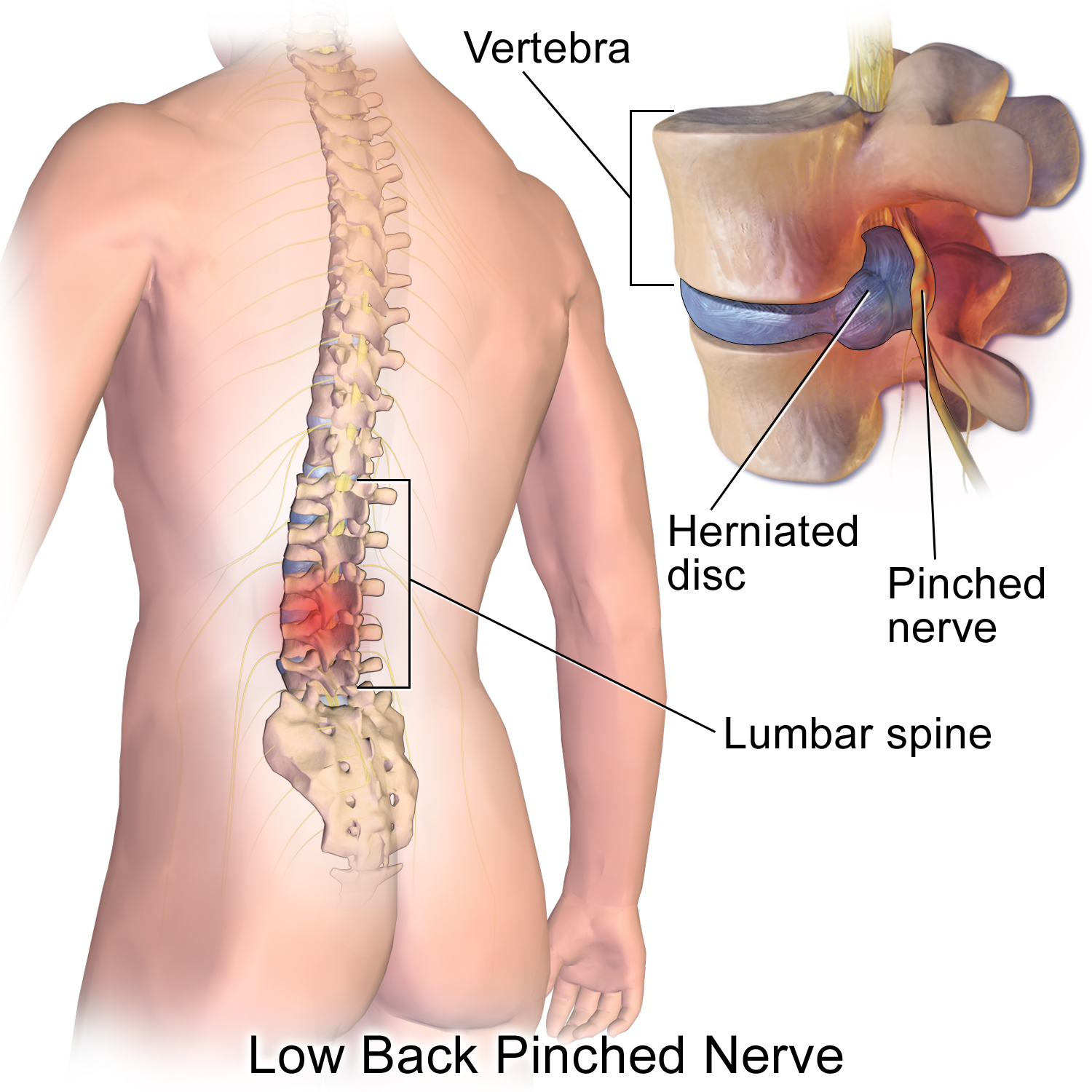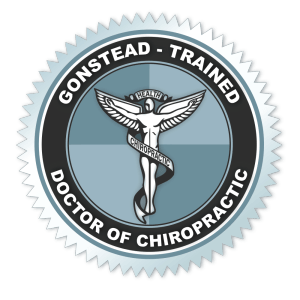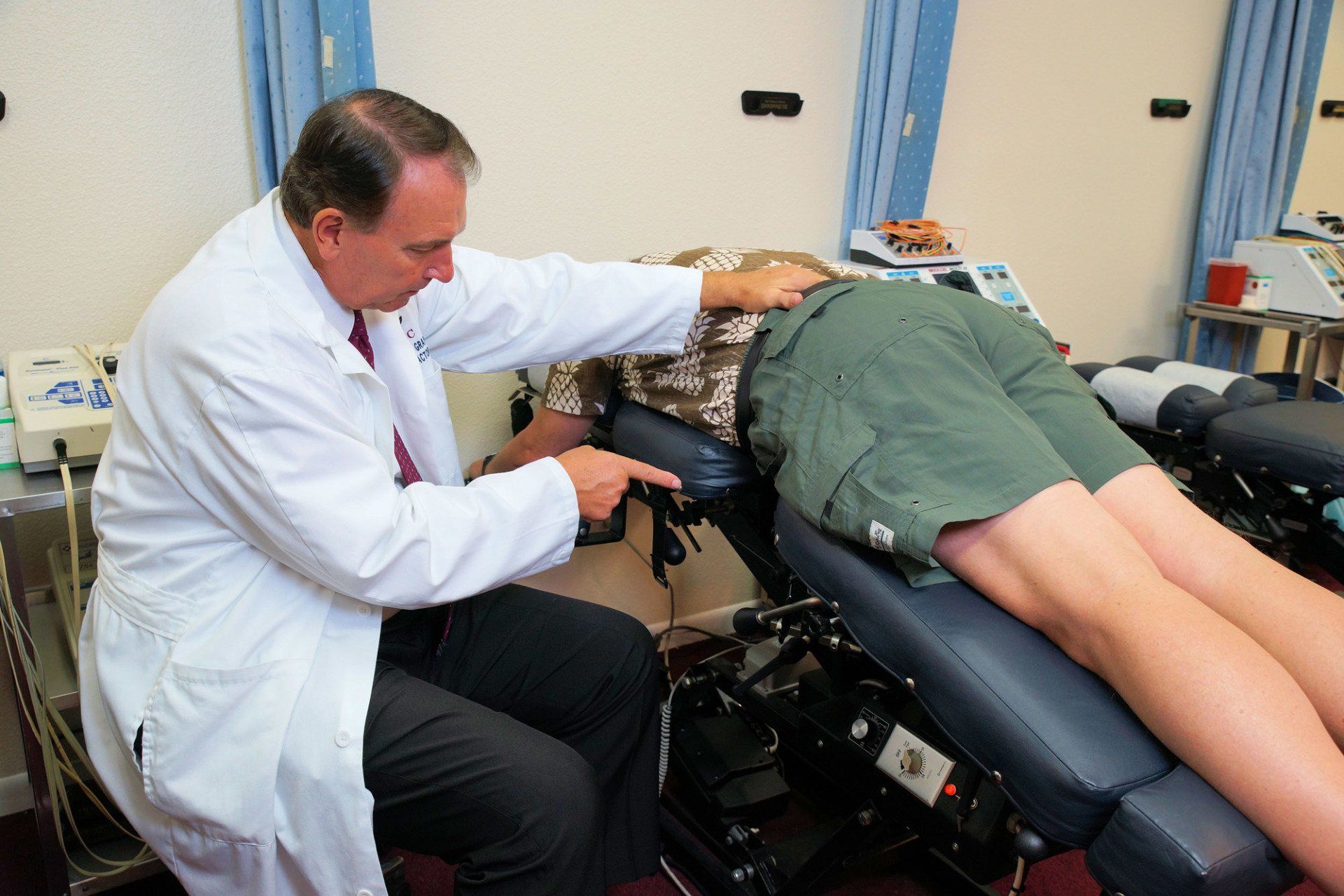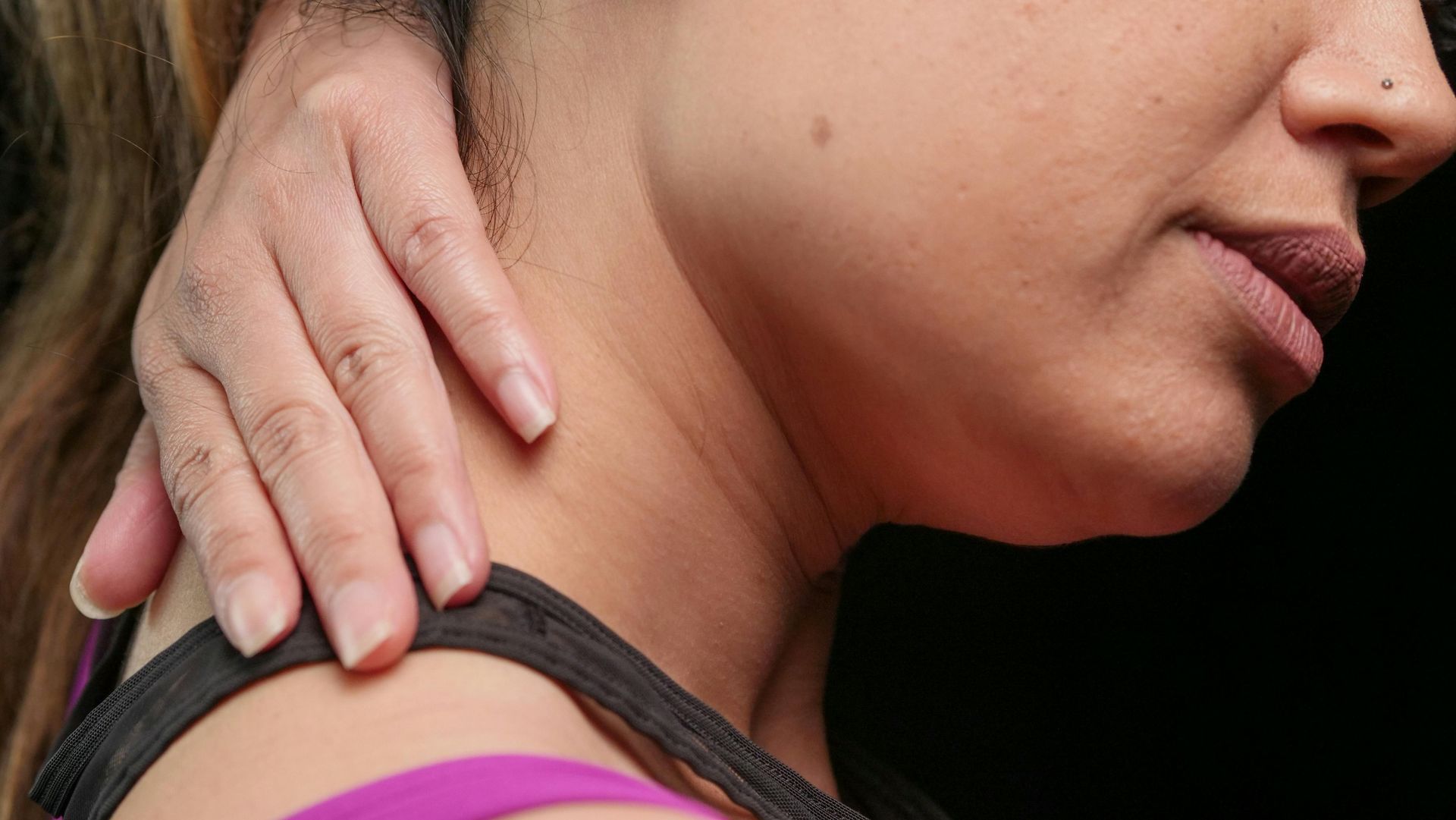Do You Have a Herniated Disc?
Do You Have a Slipped Disc?

The spine is a complex mechanical structure composed of bones (vertebrae) separated by pads of fibrocartilage (discs) that allow some movement between these bones. The discs also create a space between each vertebra that allows a nerve to pass through on each side. The nerves that pass between the vertebrae in the lower back travel down each leg while the nerves that pass between the vertebrae in the lower neck travel down each arm. Individually, each disc can be compared to a jelly donut - they have a softer gel-like center surrounded by a tougher exterior. Like a jelly donut, the interior can sometimes squeeze out. Unlike a jelly donut, this can be more than a minor annoyance; this can compress the nearby nerve and cause a variety of symptoms, including pain, numbness, tingling or even weakness in an arm or leg.
The good news is that spinal disc herniations can usually be treated with conservative care without the need for surgery. Such treatments may include manual manipulation techniques or mechanical traction therapy to reduce the degree of disc herniation and relieve pressure on the nearby nerve. Other treatments may include anti-inflammatory and/or pain medications, injections and a variety of more invasive surgical interventions, depending on the problem type and severity in each particular case.


About the author: Dr. Peter C. Spathis is a chiropractic physician providing evidence based care for a variety of spine related conditions, including evaluation and management of spinal disc herniation and associated disorders.
Article Source: https://EzineArticles.com/expert/Peter_C_Spathis,_DC/1598458

























